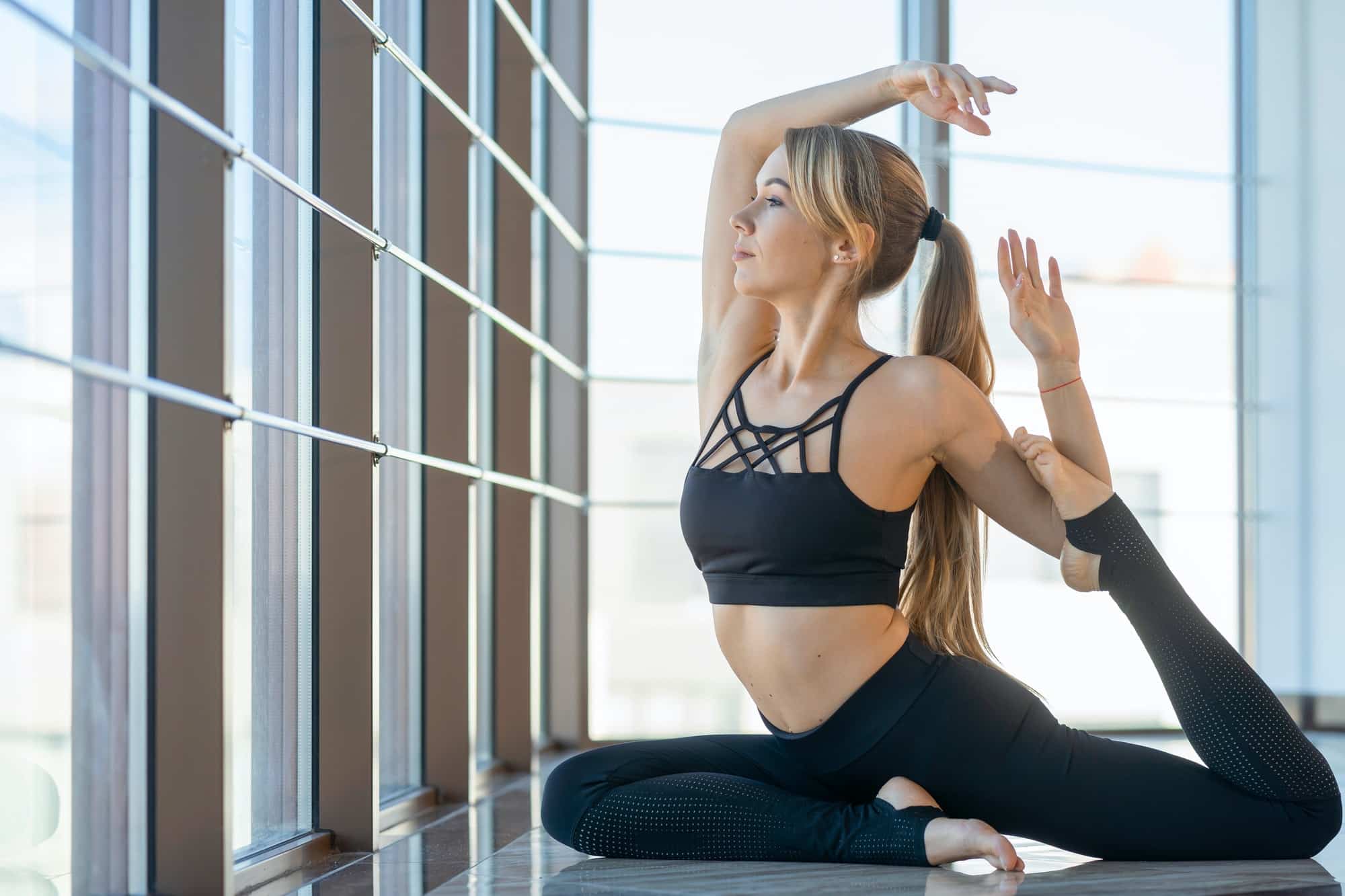What’s the Best Posture Correction Strategy for Powerlifters to Enhance Performance?

In the highly competitive world of powerlifting, every little bit of advantage counts. As an athlete, you are constantly seeking ways to maximize your performance, and one area that often gets overlooked is posture.
Proper posture isn’t just about standing or sitting tall; it’s about the correct alignment of your body’s bones and muscles to reduce strain, increase efficiency, and prevent injuries. It is about the body’s ability to position itself effectively to perform tasks with the least amount of energy. And for powerlifters, good posture can make a world of difference.
Topic to read : What’s the Role of Functional Movement Screening in Predicting Injury Risks in Gymnasts?
In this article, we will delve into the best posture correction strategies for powerlifters. We will explore the importance of maintaining a good posture, specific exercises to help improve your posture, and how better posture can enhance your performance in powerlifting.
The Importance of Good Posture for Powerlifters
Proper posture is the cornerstone of any powerlifting routine. It starts with your spine, which should be in a neutral position, the natural curve of the neck and lower back maintained. The head should be balanced over the spine, and the hip, knee, and ankle joints should be in correct alignment.
Topic to read : What’s the Best Way to Implement Technology in Tracking Training Loads Across the Season?
When your body is properly aligned, your muscles can work more efficiently. This allows you to generate more power and lift heavier weights. An incorrect posture, on the other hand, can lead to a decrease in strength, and an increased risk of injury due to the additional strain on muscles and joints.
Moreover, good posture can also improve your breathing, as it opens up your chest and allows your lungs to expand fully. This can increase your endurance and stamina, allowing you to train harder and longer.
Improving your posture is not just about your training sessions. It’s about making small adjustments in your everyday life that will make a big difference in your performance as an athlete.
Exercises to Improve Posture
While the right posture is crucial for powerlifters, achieving it is not always easy. Here are some exercises that will help you build the strength and flexibility needed for proper alignment.
-
Squats: Squats are great for improving posture because they work out multiple muscles at once, including the hip, thigh, and lower back muscles. They help strengthen the lower body and core, which are essential for maintaining good posture.
-
Deadlifts: Deadlifts are another fantastic exercise for posture correction. They target the posterior chain, which includes muscles along the backside of your body from your neck down to your heels.
-
Upper body exercises: Upper body exercises like rows and pull-ups can help strengthen the upper back and shoulder muscles, which are important for maintaining an upright posture.
Remember to perform these exercises with proper form and technique. Misaligned movements can lead to injuries and defeat the purpose of posture correction.
Posture Correction during Training
Paying attention to your posture during training can significantly improve your performance. Here are some tips to help you maintain the right posture during your workouts.
-
Spine-neutral position: Whether you’re lifting, squatting, or doing any other exercise, it’s essential to keep your spine in a neutral position. This means maintaining the natural curve of your spine and not rounding or arching your back excessively.
-
Head position: Your head and neck should be in alignment with the rest of your body. Avoid looking up or down when lifting weights, as this can strain your neck.
-
Foot position: Your feet should be firmly planted on the ground when you’re lifting weights. This provides a stable base and helps maintain balance.
The Role of Flexibility in Posture Correction
Flexibility plays a significant role in posture correction. Powerlifters often focus heavily on strength training and neglect flexibility, but this can lead to muscle imbalances and poor posture.
Incorporating flexibility exercises into your training regimen can help balance out your muscles and improve your overall posture. Stretching exercises, yoga, and Pilates can all help increase your flexibility, improve your posture, and ultimately enhance your powerlifting performance.
The Role of Consistency in Posture Correction
Remember, improving your posture is not a one-time event. It requires regular practice and commitment. Make posture checks a part of your daily routine. Be mindful of your posture not just during training, but also while sitting, standing, and even sleeping.
Consistency is key when it comes to posture correction. It might take some time, and you might have to break some old habits, but with the dedication and the will to improve, you can achieve better posture and boost your performance in powerlifting.
In the world of powerlifting, every little bit counts. By correcting your posture, you are not just enhancing your performance, but also preventing potential injuries, and paving the way for a longer, healthier athletic career.
Incorporating Corrective Exercises for Better Posture
To further improve your posture as a powerlifter, incorporating corrective exercises into your training routine can be beneficial. Corrective exercises target specific muscles, joints, and movements that can help correct your posture and reduce your injury risk.
For instance, the bench press exercise is not only a fundamental part of powerlifting but also contributes significantly to enhancing your posture. This exercise primarily targets the pectoral muscles, but it also involves other upper body muscles such as the triceps and shoulders. By strengthening these areas, your upper body becomes more robust, aiding you in maintaining an upright posture.
Similarly, exercises that target the posterior chain, such as deadlifts and squats, are crucial for a balanced and strong musculature. These exercises promote a neutrally aligned spine, encourage proper head positioning, and promote better form during both training and competitions.
Lastly, exercises focusing on your lumbar spine can help maintain a neutral spine position that is essential for good posture. These exercises can also help improve flexibility, which is crucial for a full range of motion during powerlifting.
Remember to consult with a certified trainer or a sports performance professional to ensure you’re doing these exercises correctly. Incorporating corrective exercise strategies without proper guidance can lead to an increased risk of injury.
Posture Correction Strategies: The Key to Enhanced Powerlifting Performance
In conclusion, posture correction is a vital aspect of powerlifting that should not be overlooked. From the correct alignment of the lumbar spine to keeping the head and upper body in the right position, maintaining good posture can significantly enhance your powerlifting performance.
Incorporating exercises like squats, deadlifts, and bench press into your training regimen can help strengthen your body, improve flexibility, and correct your posture. However, it’s important to remember that consistency is key. Regularly integrating these corrective exercises, continually checking your posture, and maintaining a strong focus on your form and technique are crucial for achieving long-term results.
Improving your posture doesn’t just offer short-term benefits like increased power and efficiency in lifting; it also reduces your injury risk and sets a strong foundation for a healthier and more sustainable athletic career. Whether you’re a novice powerlifter or a seasoned pro, focusing on your posture can provide you with that extra edge over your competitors.
In the demanding sport of powerlifting, even the slightest advantage can make a significant difference. And having the correct posture could be your ticket to better performance, longevity in sport, and overall success. Remember, in the arena of powerlifting, the foundation of strength starts with good posture.
